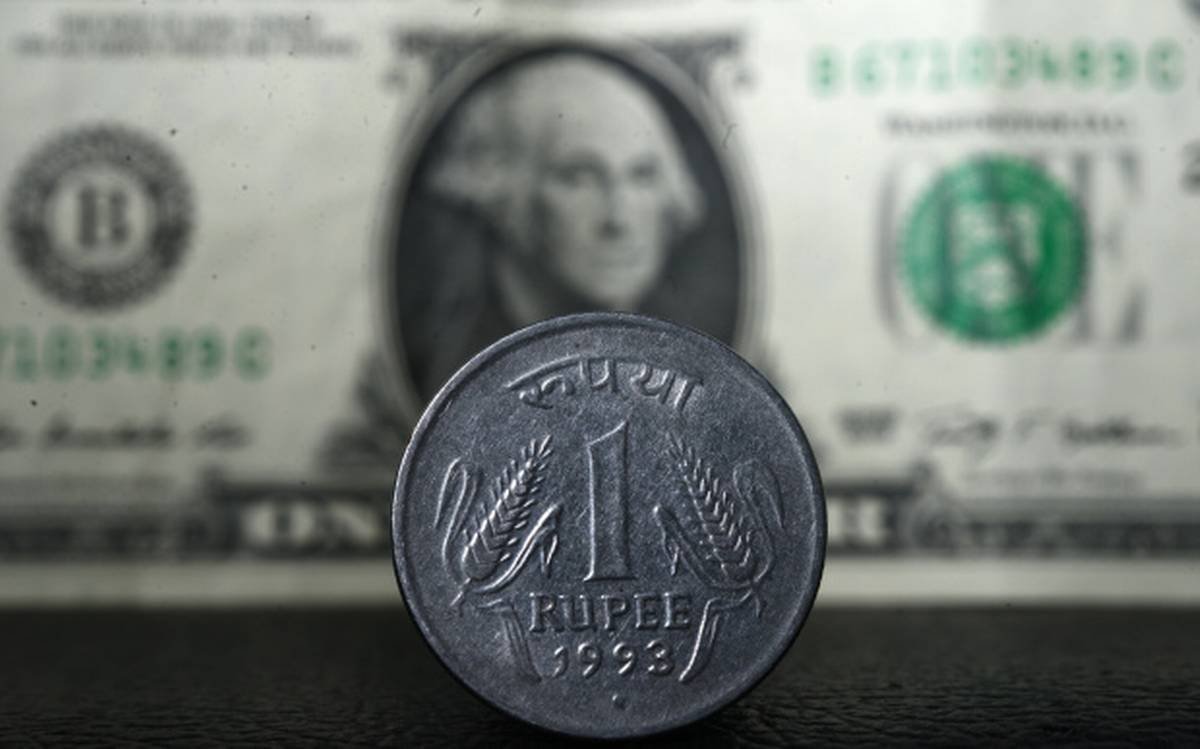December 16, 2024
New Delhi, India
USDINR
Rupee (INR) weakened on Monday, weighed down by heightened US Dollar (USD) demand in the non-deliverable forwards market and a weaker Chinese Yuan.
- Key Drivers of INR Weakness:
- Growing expectations of a dovish tilt in monetary policy following the appointment of a new Reserve Bank of India (RBI) governor.
- Rising demand for USD, combined with concerns around China’s currency weakness, which pressured Asian currencies.
RBI Interventions Offer Limited Support
The Reserve Bank of India’s regular interventions, including selling USD, may help cap INR losses. Despite these efforts, foreign exchange reserves declined by $3.2 billion to a five-month low of $654.86 billion as of December 6.
Economic Events in Focus
Traders are now closely watching key economic data due later on Monday:
- HSBC India Purchasing Managers Index (PMI) for December
- Wholesale Price Index (WPI) Inflation data
US Federal Reserve Policy Looms Large
Investor sentiment remains cautious ahead of the US Federal Reserve’s policy decision on Wednesday. Markets will focus on the dot plot for signals on future rate cuts:
- The CME FedWatch tool indicates markets almost fully price in a 25 bps rate cut in December, up from 78% a week ago.
INR Performance and Outlook
The Indian Rupee has depreciated 1.5% against the USD in the calendar year. However, it outperformed most Asian peers, largely due to consistent RBI interventions.
- “The change in leadership at the RBI may lead to an initial market assumption that a rate cut in the February policy meeting is more likely,” noted VRC Reddy, Treasury Head at Karur Vysya Bank.
Rupee Market Outlook
The Indian Rupee’s performance remains fragile as a combination of global and domestic factors weighs on sentiment:
- Global Dollar Strength:
- Rising US Dollar demand in the non-deliverable forwards market highlights global investors’ preference for safer assets.
- The upcoming US Federal Reserve decision and economic projections will determine the USD’s trajectory. A hawkish outlook could exert additional pressure on the INR.
- Chinese Yuan Weakness:
- The offshore Chinese Yuan’s decline adds to volatility across Asian currencies, creating a ripple effect.
- Weak economic data and trade tensions with the US amplify downward pressure on regional currencies, including the INR.
- RBI Leadership Transition and Policy Shift:
- The appointment of a new RBI governor has raised speculation about a dovish monetary stance, with traders pricing in a potential rate cut in February’s policy review.
- Rate cuts, aimed at stimulating growth, often weaken the currency by reducing returns on INR-denominated assets.
- Inflation and Economic Data:
- India’s WPI Inflation and PMI data will offer cues about domestic economic health. A sharper-than-expected moderation in inflation could further bolster rate cut expectations.
- Retail inflation has already moderated to 5.48% in November from 6.21% in October, reflecting softening food prices.
- RBI Intervention and Forex Reserves:
- Despite the RBI’s active role in stabilizing the rupee by selling USD, its forex reserves declined to a five-month low, reflecting the strain from interventions.
- While interventions offer short-term relief, sustained USD strength could limit their long-term impact.
Market Outlook
The Indian Rupee is expected to remain under pressure in the near term due to:
- Persistent global dollar strength
- Regional currency weaknesses
- Rising bets on domestic rate cuts
However, foreign investor inflows, improved economic indicators, and RBI’s continued efforts to stabilize the currency could offer a cushion to further downside.
Disclaimer:
CurrencyVeda provides this news article for informational purposes only. We do not offer investment advice or recommendations. Before making any investment decisions, please conduct thorough research, consult with financial experts, and carefully consider your financial situation, risk tolerance, and investment goals. Investing in the stock market carries risks, and it’s essential to make informed choices based on your individual circumstances. CurrencyVeda is not liable for any actions taken based on the information provided in this article.

